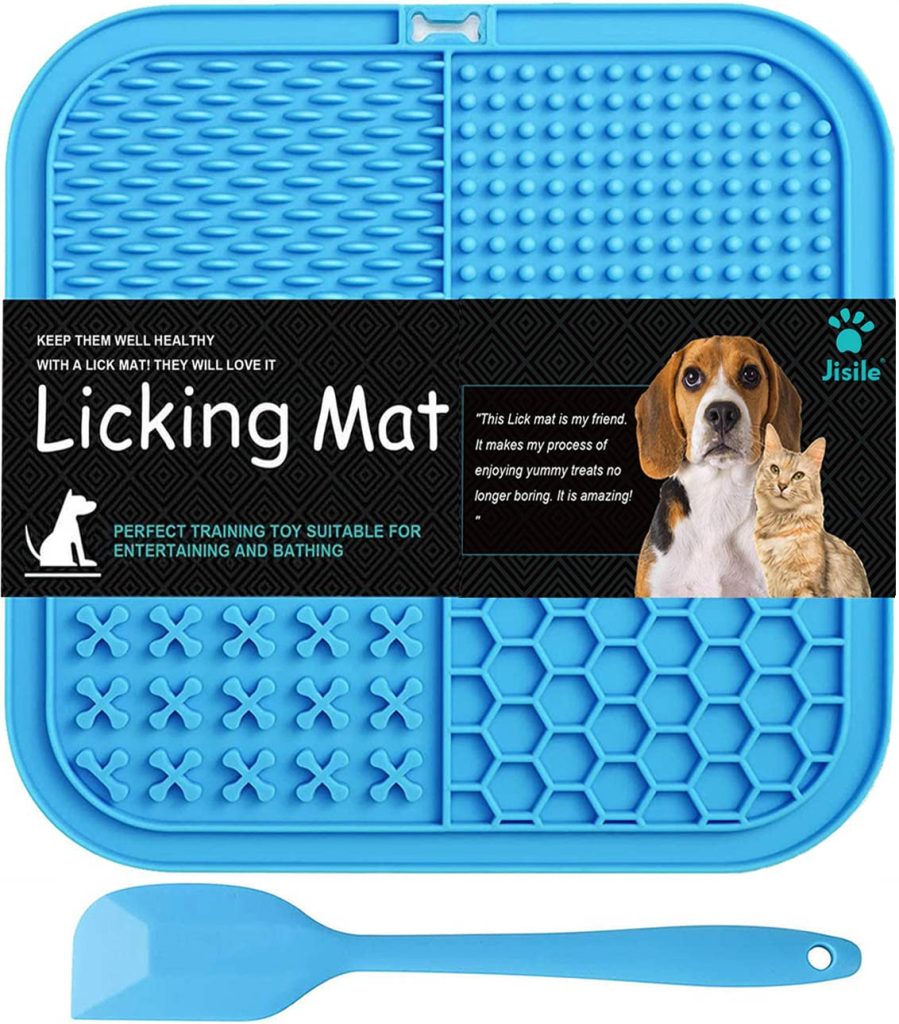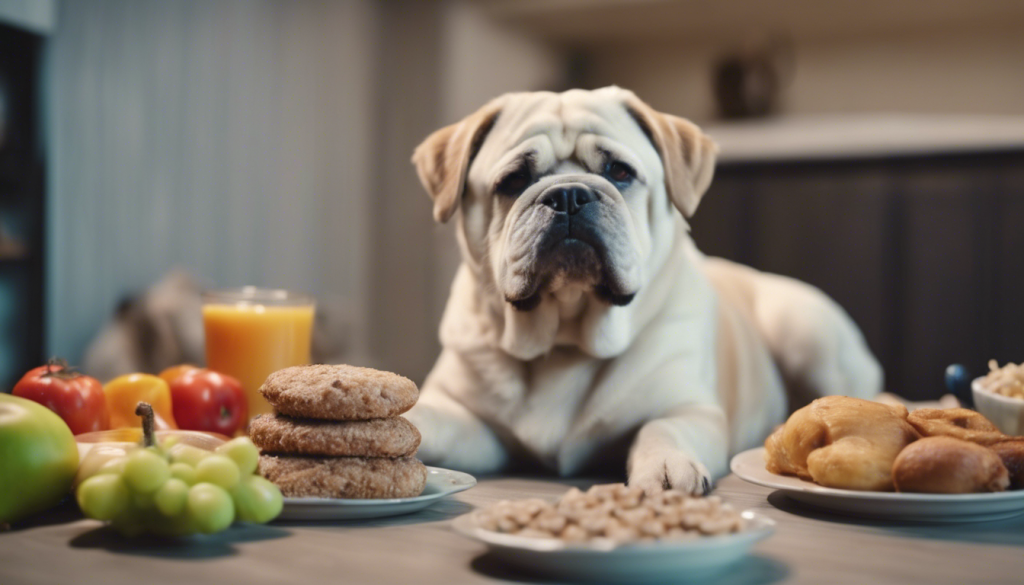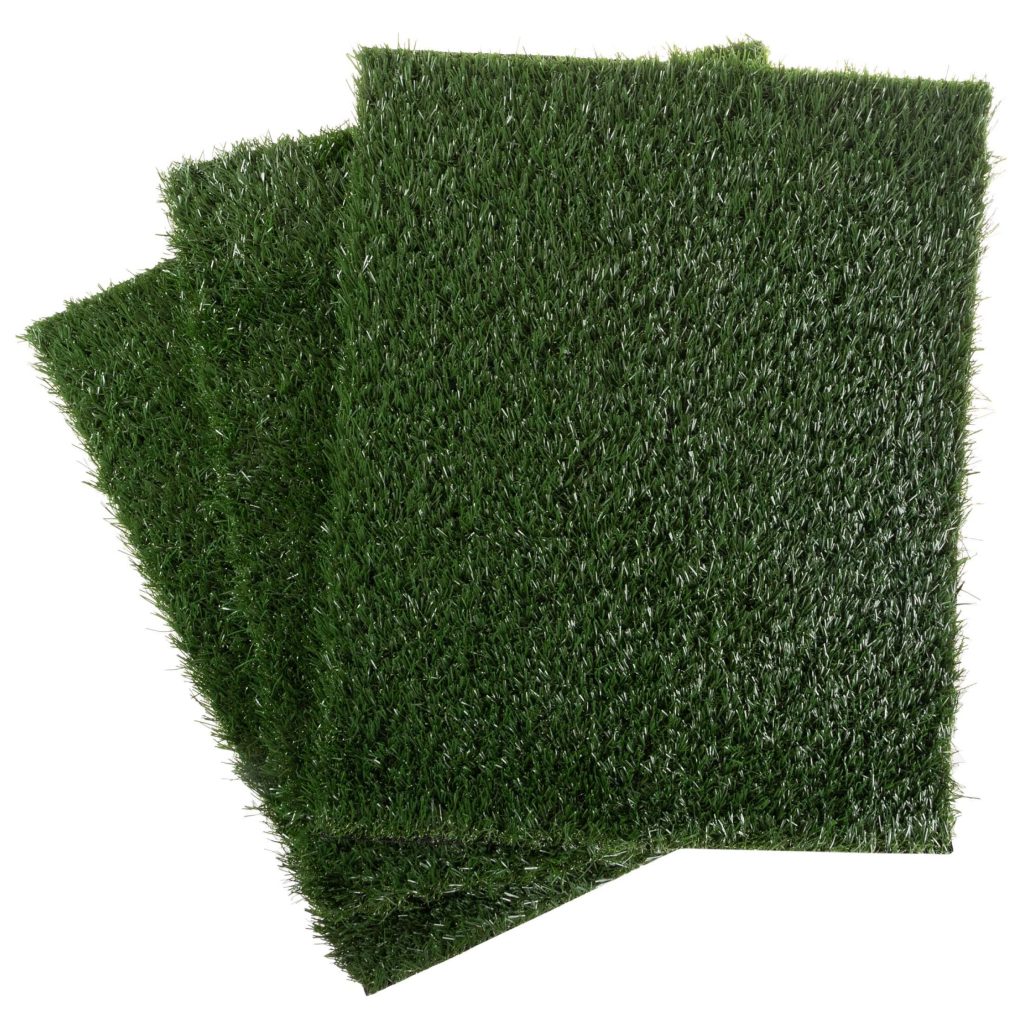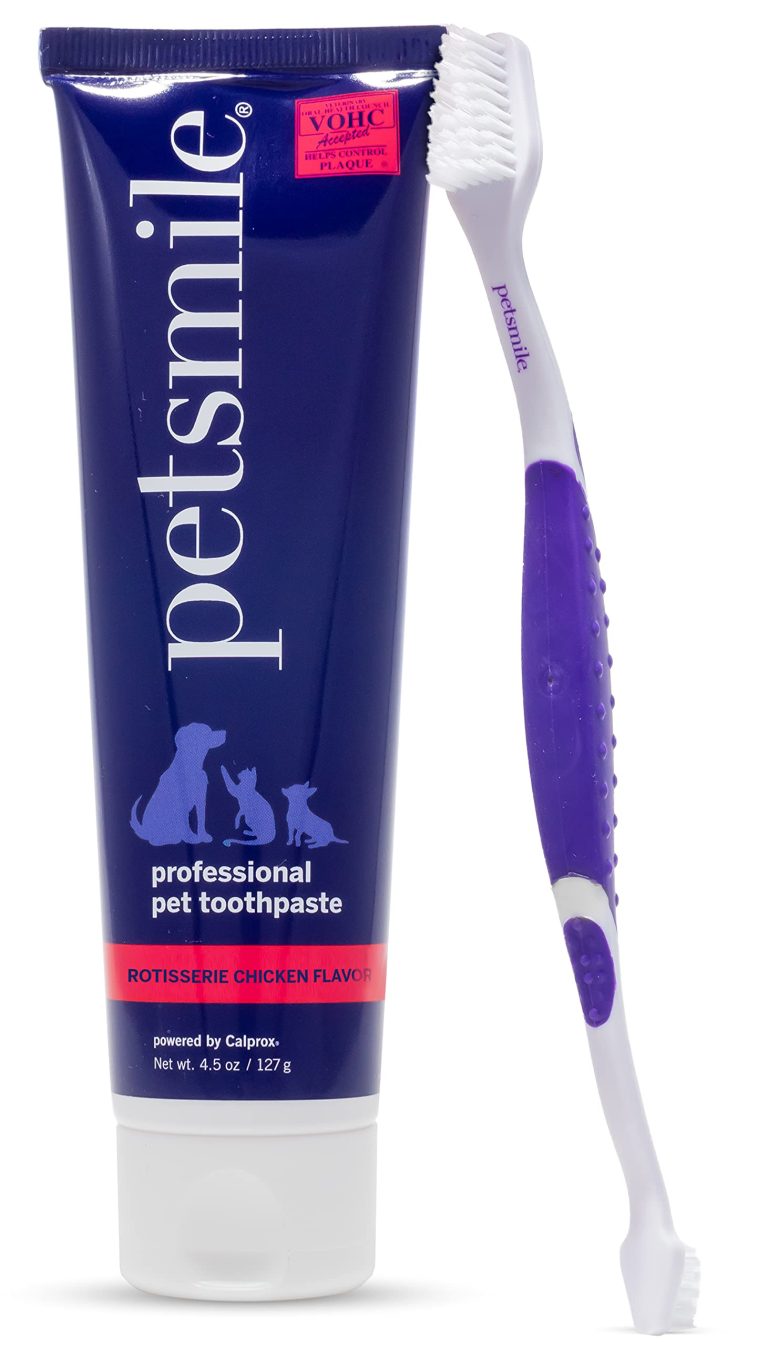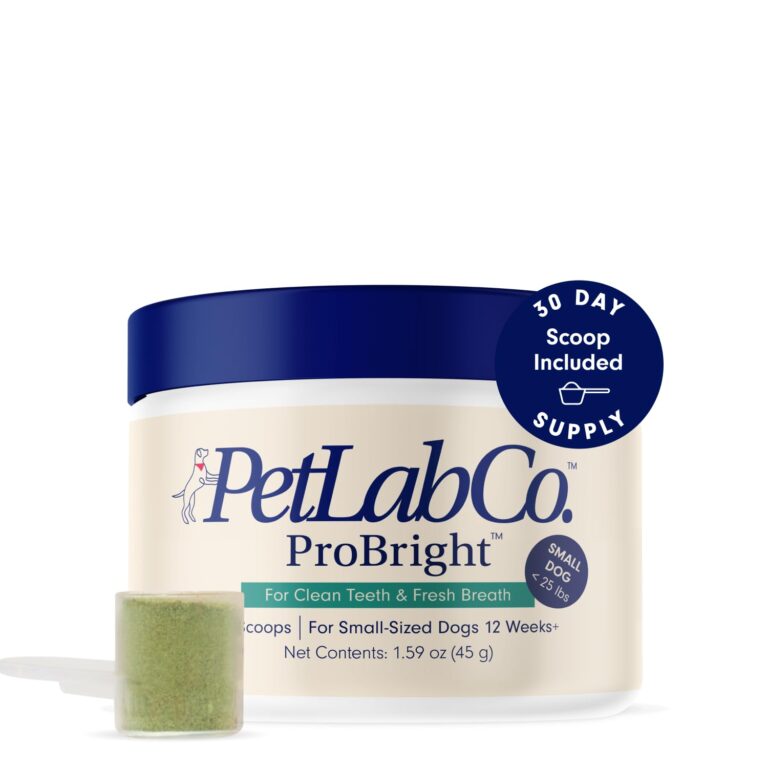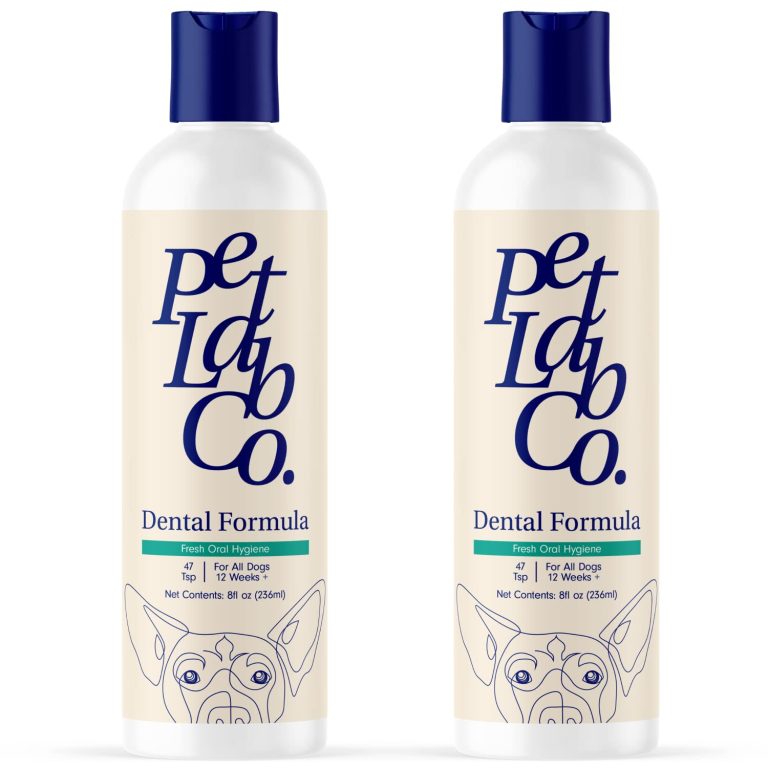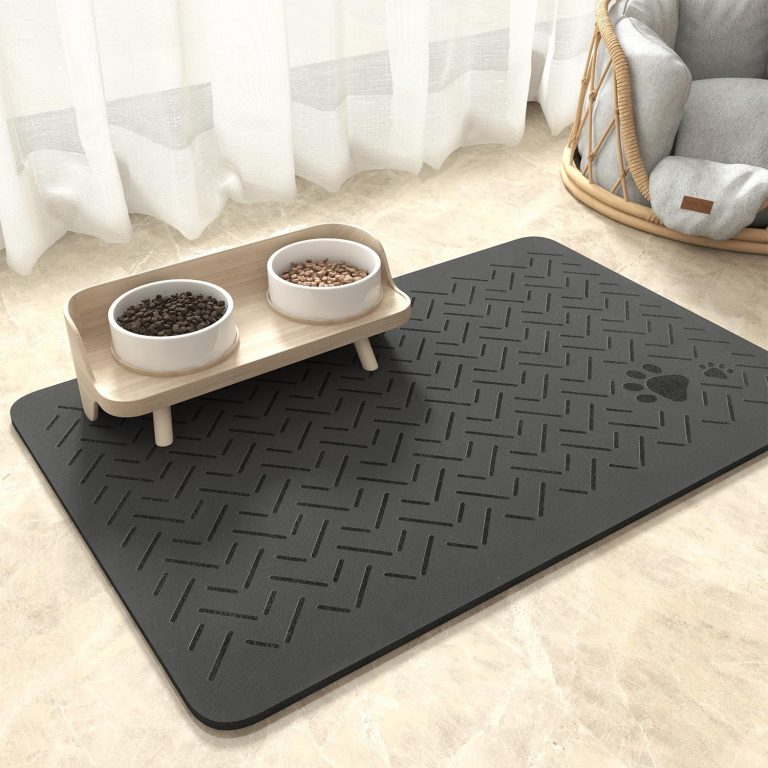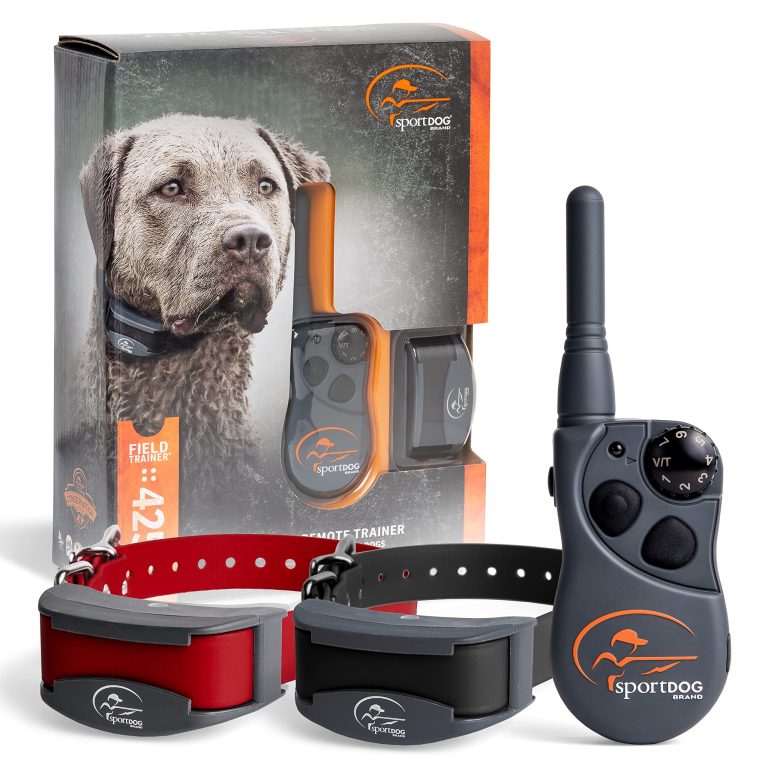The Ultimate Guide to Balanced Diet for Different Dog Breeds
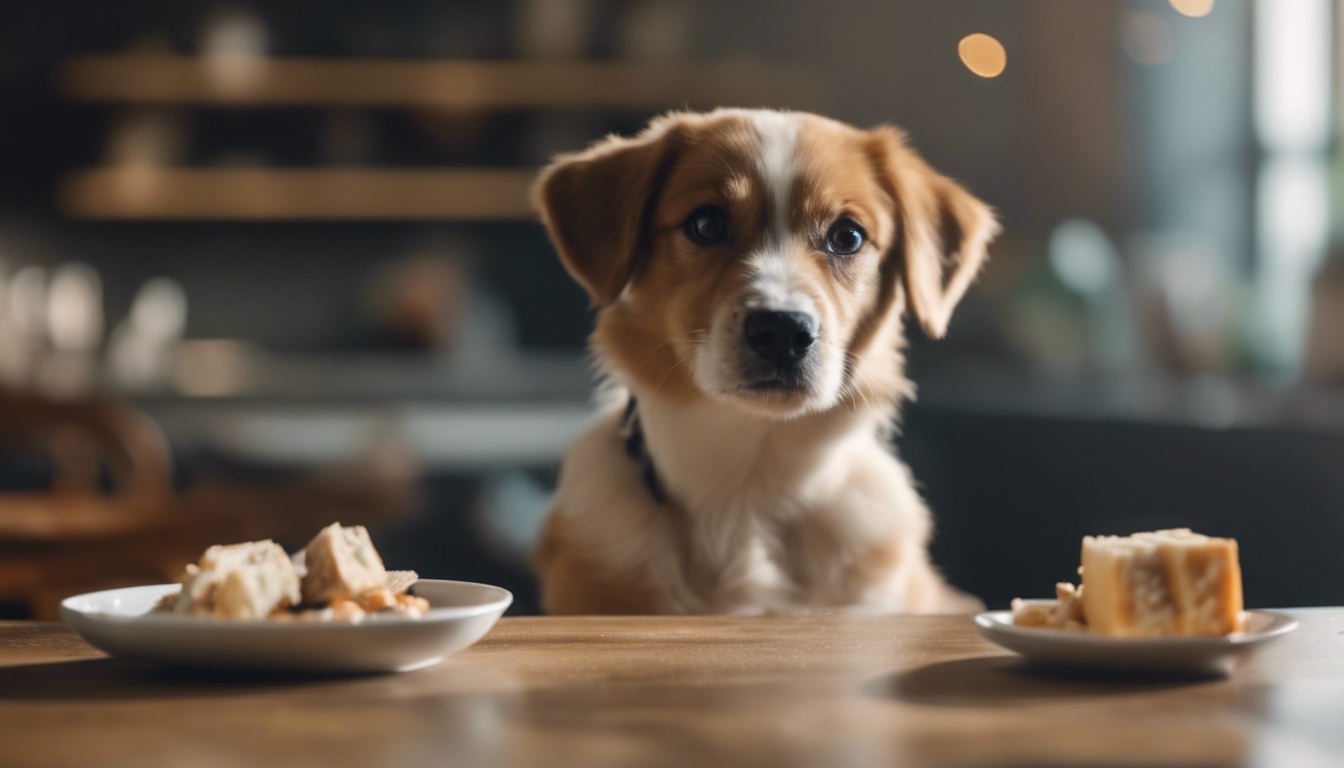
Understanding Breed-Specific Nutritional Requirements
Think of your furry friend as an athlete, one who has his own unique nutritional needs based on a mixture of genetics, size, and activity levels. It’s not just about filling their bowl; it is about crafting a meal plan as special as their wag. Did you know that a Chihuahua and a Great Dane require different nutrient profiles? That’s right, the dietary requirements for dogs can vary as much as their breeds.
To keep your dog’s tail wagging with health, you must tune into the specifics. Smaller breeds often have faster metabolisms – meaning they burn through their doggy dinners quicker than their larger cousins. It’s why they need calorie-dense meals packed with high-quality proteins and fats that provide the energy zip they need for their size.
On the other paw, larger breeds are more susceptible to joint issues and can benefit from diets containing the right balance of nutrients that support bone and joint health. Think of ingredients like glucosamine and chondroitin, which are like the secret sauce for keeping those big bones healthy.
Life stage is another factor to chew on. Puppies have different fuel needs compared to adults or seniors. Growing pups need a diet rich in protein and fat to develop properly while older dogs might need fewer calories and more fiber because their lifestyle tends to be less active.
And let’s not forget about the doggy diners with specific issues. Is your pooch packing extra pounds? Then a diet lower in calories but high in fiber can help manage weight without leaving them hungry. Got a furball with a sensitive stomach? Meals with easily digestible ingredients or a limited number of protein sources can be easier on their tummy.
Consider a homemade diet as the personalized chef’s kiss to your dog’s dietary needs. Imagine meals made from wholesome ingredients you trust, catering to the unique needs and palate of your pup. Of course, cooking for your canine companion isn’t a walk in the park—it requires careful planning to make sure their nutritional needs are met. A sprinkle of this, a dash of that – getting the recipe just right means providing a delightful dish this is as nutritious as it’s delicious.
Ponder of your dog’s diet like a puzzle, with each piece representing nutrients that come together to form the complete picture of health. Your vet or a canine nutritionist can help piece the puzzle together, personalized for your dog’s breed, age, weight, and health status. This way, your best friend gets the banquet they deserve, tailored fit just for them and full of the good stuff that keeps them running, jumping, and fetching for years to come.
To sum it up, peek into that dog bowl and see more than just kibble. See the building blocks of your pup’s wellbeing, a balanced buffet forged from the love of breed-specific nutrition. It is a journey of discovery, tailor-made to ensure every dog gets the chow they need to leap, lounge, and love life to the fullest.
Small Breed Dogs: Dietary Considerations and Meal Planning
When it comes to your petite pals, think of their diet as the fuel for a high-octane engine in a tiny sports car. Small breed dogs, like your adorable Yorkies, sprightly Pugs, or vivacious Dachshunds, zip around with a gusto that larger breeds might find exhausting. This pint-sized vigor means their little bodies require energy-dense foods that prevent their metabolism from running on empty.
Let’s talk turkey—and chicken, and beef—all proteins worthy of your pint-sized pal’s palate. High-quality proteins are crucial for these compact companions, as their rapid-fire metabolism needs a steady source of amino acids to keep their muscles strong and supple. A lean cut here, a wholesome chunk there, and you’re on your way to meeting their demanding nutritional needs without overstuffing their small stomachs.
Of course, with great power comes great responsibility. You might need to divide their daily food intake into smaller, more frequent meals to avoid overwhelming their tiny tummies and to keep their energy levels stable throughout the day. Think of it as serving up a series of mini-buffets—they’ll enjoy the variety and look forward to mealtimes with even more wide-eyed anticipation.
But don’t let the food’s size fool you. It needs to be packed with nutrients. You’ll want to make sure those morsels are more than just tasty; they should also be fortified with the right balance of fats—think omega-3 and omega-6—for that silky coat and a healthy immune system, plus carbohydrates from vegetables and whole grains for all the dietary fibers and energy they store.
Wondering about portions? Keep it tight. Overfeeding is a common no-no, particularly because these perky little pets can pack on the pounds without much effort. It’s essential to tailor their diets to their activity level and adjust as needed. A daily dance around the dog park may mean a few extra nibbles, while a lazy Sunday snooze-fest might call for a lighter helping.
Meal planning for your mini-mutt can be as fun as it is challenging. If you’re up for it, homemade meals can bring you two closer, stirring a dollop of love into every dietary decision. Create a menu that mixes lean meats, healthy fats, and a colorful array of veggies for a dish this is a feast for the eyes and the stomach. Just remember, balance is the goal; every delicious dinner should be a stepping stone towards long-term health.
Keep an eye out for the doggy diet don’ts, too. Foods high in salt and sugar are no-gos, and beware the temptation to slip them human treats. When in doubt, consult your vet or that nutritionist wizard to conjure up a plan that’s bespoke for your bestie’s breed specifics, life stage, and yes, even their quirky little eating habits.
Sure, a scoop of kibble might be quicker, but for those who truly cherish their chihuahua or spoil their Shih Tzu, putting a pinch of effort into mealtime prep can spell the difference between a lackluster lunch and a spectacular supper. In the end, your pocket-sized pooch will benefit from a diet that’s tailored to their tailor-made physique, keeping them healthy, happy, and ready to leap into your lap for years to come.
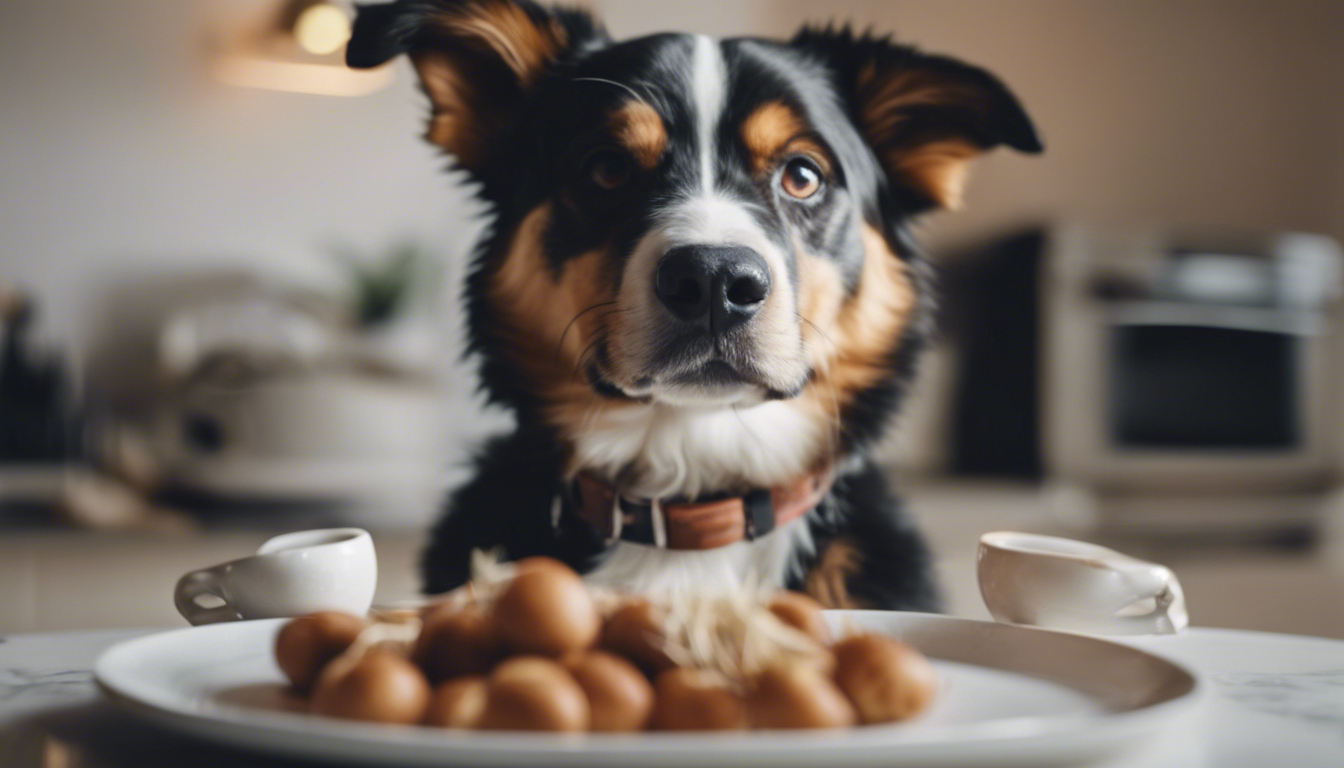
Nutritional Guidelines for Medium to Large Breed Dogs
Let’s switch gears now, from the mini dynamos to the more statuesque companions. If you’ve got a medium or large breed dog, such as a Labrador, German Shepherd, or Boxer, you are looking at a different set of dietary musts to keep your loyal friend in prime condition. These guys might not rocket around like their smaller counterparts, but their larger bodies need a careful blend of nutrition that promotes muscle maintenance without excess weight gain.
A key to any larger breed’s diet is quality protein. Ponder of it as the cornerstone of their meals; it helps keep their bigger bodies strong and lean. But it’s not just about quantity – the quality of the protein matters. Sources like fish, chicken, and beef can provide them with the essential amino acids they need. Balance this with complex carbs, like sweet potatoes and brown rice, to fuel their energy throughout the day. These complex carbs are slow burners, giving your pal a steady release of energy rather than a peak and crash.
Larger breeds often have a lower metabolism, which means they don’t need as many calories per pound of body weight as a smaller dog would. But don’t get the portion sizes wrong – they still need enough to sustain their larger frames. It’s a fine line between feeding them enough and overfeeding, which is why it’s crucial to monitor their weight regularly.
Another aspect to think is joint health – it’s no secret that medium to large breed dogs can suffer from joint issues as they age. Adding ingredients that support joint health like omega-3 fatty acids found in fish oils, plus glucosamine and chondroitin supplements, can make a world of difference. These vital components can help keep your dog’s joints cushioned and supple, making their morning jogs or evening strolls more comfortable.
When it comes to meal frequency, twice a day is typically recommended for adult dogs. This can keep their metabolism stable and prevent bloating, a serious health risk for larger breeds. Those with deep chests, in particular, should be monitored for signs of bloat and should not exercise vigorously after eating.
- Ensure your dog’s diet includes a balance of proteins, carbohydrates, fats, vitamins, and minerals.
- Calorie intake should match their energy output; adjust as necessary to prevent obesity.
- Consider diets that cater to joint health for these larger breeds.
- Stick to a regular feeding schedule, usually two meals per day for adults.
- Be mindful of the risk of bloat – avoid heavy exercise right after meals and ponder feeding from a raised bowl if recommended.
For the chef at heart, preparing homemade meals for your medium to large breed can be highly rewarding. You control what goes into the food bowl, selecting ingredients for their health benefits, flavor, and the joy of seeing your dog thrive on your culinary creations. A mixture of lean meats, fiber-rich veggies, and beneficial grains can form the basis of these home-prepared feasts. But remember, no recipe for home-cooked dog food is complete without the nod of approval from your vet or a nutrition expert – it’s all about achieving that perfect dietary balance.
Whichever route you choose, the goal remains the same: keep those larger companions fit, happy, and savoring each meal. They may not fit in your purse like the little ones, but they sure fill up your heart just as much – and keeping that heart healthy starts with what’s in their bowl.
Special Dietary Needs for Giant Breed Dogs
When it comes to feeding your gentle giants, the rules of the game change once again. Owning a Mastiff, Great Dane, or Saint Bernard means you have a colossal companion whose dietary demands are as grand as their stature. These massive pooches have special dietary needs that are crucial for their long-term health and vitality.
Firstly, with giant breed dogs, slow and steady wins the race, especially during their growth phase. Rapid growth can lead to skeletal problems, so their diet needs to promote a slow, consistent growth rate. This means a careful balance of high-quality protein but with controlled levels of fat and certain minerals like calcium and phosphorus to help manage their bone development and prevent orthopedic diseases like hip dysplasia.
Calorie control is another factor. Yes, they’re huge, but unlike what many might ponder, these gentle giants don’t need to chow down on excessive calories. Their metabolism is slower, which means fewer calories per pound compared to their smaller buddies to avoid obesity, which can further strain their joints.
Here are some tips for feeding your giant breed dog:
- Offer lean meats and avoid high-calorie fatty foods.
- Include sources of omega-3 fatty acids, like fish oil supplements, which may help manage inflammation and promote heart health.
- Choose foods with joint-supporting nutrients like glucosamine and chondroitin.
- Feed large breed-specific kibble that promotes dental health—bigger chunks encourage chewing which helps reduce plaque.
- Maintain a strict feeding schedule, typically two meals a day, to reduce the risk of bloat.
- Use a raised feeder to prevent strain on their neck and joints.
Your whiskered leviathan also benefits from a diet with fiber-rich ingredients that encourage a healthy digestive tract. Gentle on their GI system, foods with fiber can help them maintain regular bowel movements and contribute to their overall gut health, which is important as digestive issues can be more prevalent in larger breeds.
When you are preparing homemade meals, it’s not just about supersizing their servings. You’ll want to focus on the quality of ingredients and avoid those that are known additives to weight gain. Substitute traditional grains with wholesome alternatives like barley or quinoa that provide sustained energy levels. Leafy greens, fibrous vegetables, and fruits can be a good source of vitamins and antioxidants, but always double-check with a vet to ensure they’re safe for canine consumption.
Remember that when preparing any homemade diet, it’s crucial to discuss it with your veterinarian to make sure you are not missing out on vital nutrients. Crafting a nutrition plan for a giant breed dog can be daunting, but it’s necessary for their unique needs. With the right guidelines, your colossal canine will not just live a life of great size but of great quality too.
So, while it may seem like these hulking hounds need a mountain of food to match their size, the reality is much more nuanced. It’s not about quantity, but the quality of their diet that matters. By paying attention to the special dietary needs of your giant breed dog, you’re setting them up for a healthier, happier life. And really, isn’t that the biggest priority of all?
